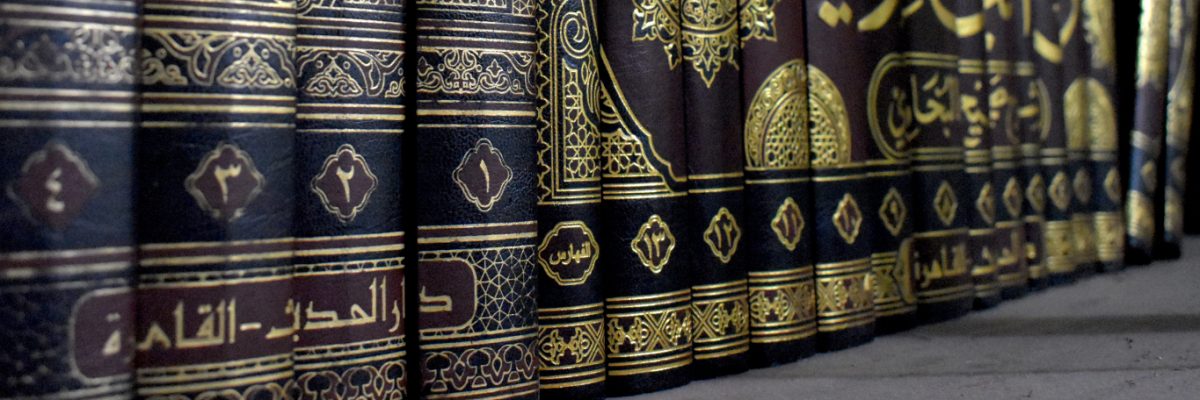Fatwa ID: 07534
Answered by Maulana Sarfraz Mohammad
Question
Is it allowed to visit a place where there are any kind of statues or images there?
Nowadays wherever you visit certain places, there are some kind of photos there on the walls such as malls, shopping complex’, friend House’, restaurants, parks, hotels etc.
Is it haram to visit these places or just disliked? Or is there any leeway by scholars that we can visit there. As I think it will be very difficult for us to avoid these places.
One of the scholars said in a YouTube video that it’s only allowed due to a dire need or necessity.
In the name of Allah, the Most Gracious, the Most Merciful
Answer
Prohibition of Statues and Images in Islam:
It is well-established in Islamic teachings that making and displaying images or statues of living beings is prohibited (haram). This is based on several authentic hadiths where the Prophet Muhammad (peace be upon him) condemned image-making and ordered the removal of images in homes and public spaces.
Ibn Abbas reported: The Prophet, peace and blessings be upon him, said, “Every maker of graven images will be in Hellfire. Every image he made will be given a soul to punish him in Hell.” Ibn Abbas said, “If you must do so, make images of trees or whatever does not have a soul within it.”
Source: Ṣaḥīḥ Muslim 2110
Visiting Places with Images/Statues:
The presence of images or statues does not necessarily make a place haram to visit unless those images or statues are being venerated or worshipped.
Visiting public spaces such as malls, restaurants, parks, hotels, and homes where there are non-religious images or statues is generally not considered haram.
Difference in Purpose: If the purpose of visiting a place is for leisure, business, or necessity and the images or statues are not the focus of your visit, many scholars allow it.
However, the images should not be in a place of worship or used in a way that contradicts Islamic teachings (like idolatry).
Aslam, the freed slave of ‘Umar, said: When ‘Umar went to Syria, one of the leaders of the Christians made food for him and called him. ‘Umar said: We will not enter your churches because of the images that are in them – meaning the statues. Narrated by ‘Abd al-Razzaq in al-Musannaf (1/411 and 10/398).
Contemporary Context:
In modern times, it is almost impossible to avoid images in public spaces. Pictures and images are everywhere, from advertisements in malls to family photos in homes. Living in the contemporary world means we cannot entirely avoid images. Therefore, the ruling becomes more about avoiding the veneration of these images, rather than avoiding the places entirely.
Conclusion:
Visiting places with images or statues is not inherently haram unless the images are being worshipped or venerated. Many scholars provide leeway, especially considering the difficulty of avoiding images in today’s world.
It is important to maintain your focus on Islamic principles, avoid unnecessary engagement with such images, and not allow them to distract from your worship or obedience to Allah.
Only Allah Knows Best.
Answered by Maulana Sarfraz Mohammad
Checked and approved by Mufti Mohammed Tosir Miah
Darul Ifta Birmingham
“عن عائشة عن النبي صلى الله عليه وسلم قال: «أشد الناس عذاباً يوم القيامة الذين يضاهون بخلق الله».”
مشكاة المصابيح، ( باب التصاویر، ج:2، ص:385، ط: قدیمي)
“قال أصحابنا وغيرهم تصوير صورة الحيوان حرام أشد التحريم وهو من الكبائر وسواء صنعه لما يمتهن أو لغيره فحرام بكل حال لأن فيه مضاهاة لخلق الله وسواء كان في ثوب أو بساط أو دينار أو درهم أو فلس أو إناء أو حائط وأما ما ليس فيه صورة حيوان كالشجر ونحوه فليس بحرام وسواء كان في هذا كله ما له ظل وما لا ظل له وبمعناه قال جماعة العلماء مالك والثوري وأبو حنيفة وغيرهم.”
عمدة القاري كتاب اللباس، باب عذاب المصورين يوم القيامة، ج:22، ص:70، ط:دار إحياء التراث العربي

